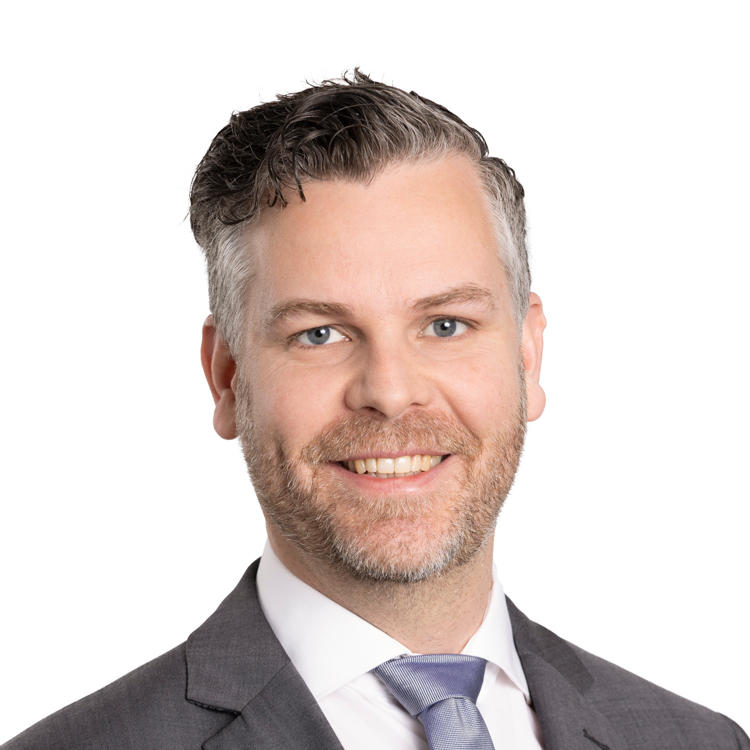You might remember the story of Goldilocks who helped herself to the three bears’ porridge in her quest to find the perfect breakfast. What if we applied the Goldilocks method to the world of investing, and tried to find an investment where the mix of risk and return could be just right?
When you think of investment returns, stocks are an obvious place to start. An investment in the well-known US S&P500 stock index over the last 20 years would’ve generated about 11% per year in returns. Sounds impressive, but it wasn’t all smooth sailing. The Global Financial Crisis (GFC) caused a 51% drop in the index from peak to trough. Staying fully invested through times like that can be extremely difficult – the stress of seeing your investment falling day after day can be hard to cope with. I think Goldilocks would say stocks are ‘too hot’.
What about bonds? They were a lot less volatile during the GFC, up 1% over the same period that stocks were down. Owning them would’ve felt much better than owning stocks. But it came at a cost. Over the last 20 years global bonds (The Global Aggregate Index) returned just 3% per year on average, or roughly 8% less every year - than the S&P500.
Many investors have a long-time horizon, so receiving 8% less per year on average in investment returns is a large price to pay, even if it makes for a less bumpy ride. I think Goldilocks would find traditional bonds too cold.
This interplay between risk and return is nothing new: all investors deal with it one way or another. You might take too much risk and find extreme pain during short term market volatility, or you could take too little risk, dealing with the pain of inadequate returns over the long term. The latter can be much more uncomfortable, despite the smooth ride. If you’re saving for your retirement you might find you don’t have enough money for the lifestyle you want, or you might never achieve the ambition you had for your investment.
Is there something in the middle? An asset class where risk isn’t too high, nor returns too low? Something just right?
Are High Yield Bonds the Goldilocks investment?
High yield bonds could fit the mould. Their 20-year average return is 7%, providing equity-like returns but with significantly less risk. Over the same period their volatility was 39% lower than the S&P500. That is, in the average year the range of returns for high yield bonds is much narrower than stocks.
So how does this fit in our risk / return paradigm? During the GFC, high yield bonds still suffered but fell only 26% – about halfway between traditional bonds and the S&P500. And in the year that followed? High yield bonds outperformed stocks, up 56% vs the S&P500’s 54%. This impressive period was a good example of how high yield bonds can perform like stocks sometimes and bonds at other times.

But what exactly is a high yield bond? Mostly they are the same as regular ‘investment grade’ bonds – just with lower credit ratings. Specifically, they are anything rated below ‘BBB’ by agencies such and S&P and Moody’s. In practice, they’re issued by companies which need above-average debt levels - say to fund an acquisition or growth strategy. This higher debt-load comes with additional risks for high yield bond investors, which drives the higher, returns.
And while you may not have heard much about high yield bonds as an asset class, you will know many of the large issuers. Companies such as Netflix, Tesla, Kraft, Hertz and Vodafone have issued high yield bonds at one time or another.
A free lunch?
While the returns may paint a rosy picture, investing in high yield bonds isn’t simple and their past returns is no guarantee of future performance. Compared to investment grade bonds, the increased credit risk is the primary factor we ‘pay’ for the extra potential return. This is the chance that the bond issuer doesn’t pay us either the interest due, or more worryingly the principle – aka a ‘default’.
Credit spread is the name we give to this extra risk. It typically ranges from 3%-4% up to more than 10% during times of economic stress. This dynamic obviously requires careful consideration when building a high yield portfolio - we want the extra return but without the default!
Sounds great – where can I get some?
Most Kiwis don’t have much experience with high yield bonds. Why is this? Simply put, New Zealand’s bond markets are just too small. This has contributed to a catch-22 situation where there’s also no demand for high yield bonds, so the market just isn’t there. This generally forces borrowers offshore, or to raise more equity instead of issuing high yield bonds.
Thankfully at Fisher Funds we have the ability and experience to invest in global markets where this asset class thrives. Our Investment Team’s experience means we can look to offshore markets where high yield bonds are commonplace such as the USA and Europe. Globally the market is very large, with over 3,000 high yield bonds to choose from.
Our investment research process has its roots in the stock market, which has helped inform our approach to investing in riskier high yield bonds verses traditional bonds. We conduct industry research, visit companies, and speak with their management teams. This provides the foundation for an investment thesis, allowing us to form portfolios that maximise the extra returns of high yield bonds while minimising the extra risk. These find their way into almost all of our investment products, from KiwiSaver to our Premium Service, and have contributed nicely to returns.
We think if Goldilocks was an investor she might find high yield bonds not too hot, not too cold, but just right.
Talk to us
If you have any questions about your investment, or if you'd like to know whether your investment contains High Yield bonds, get in touch with our team – we’re happy to help.

